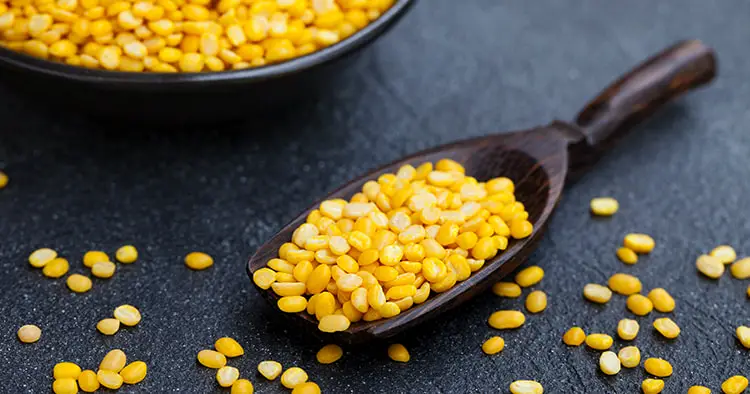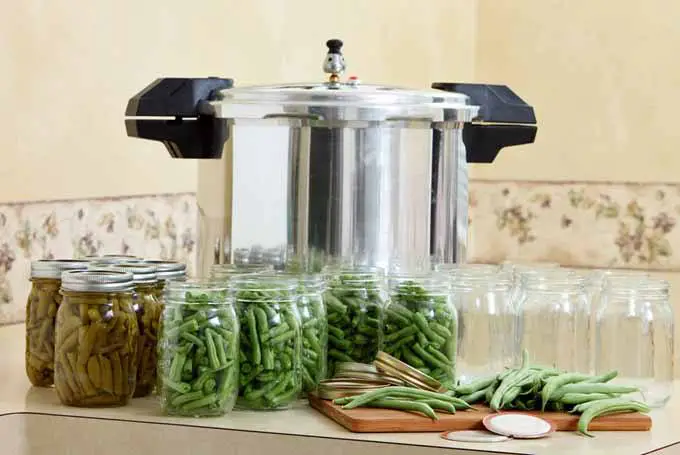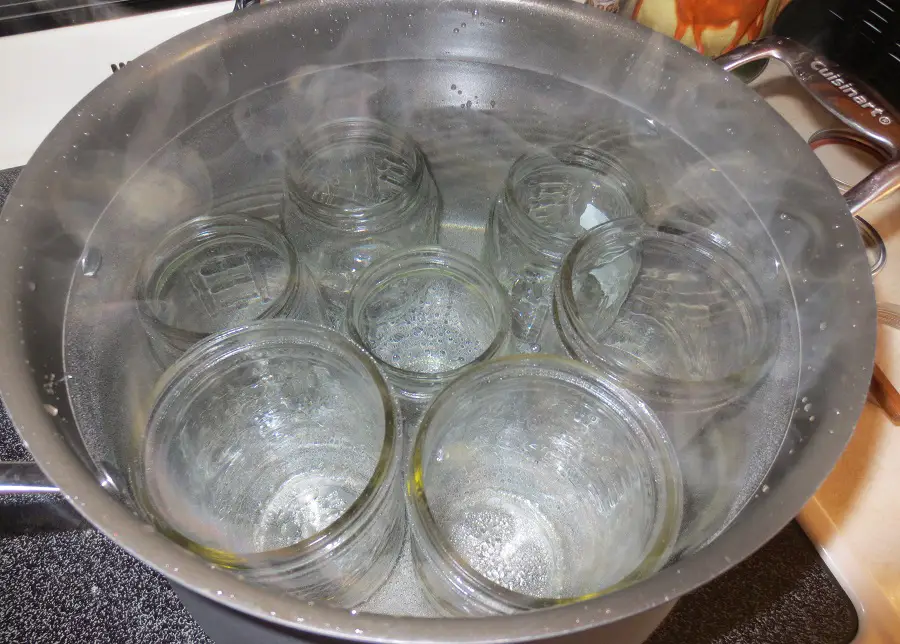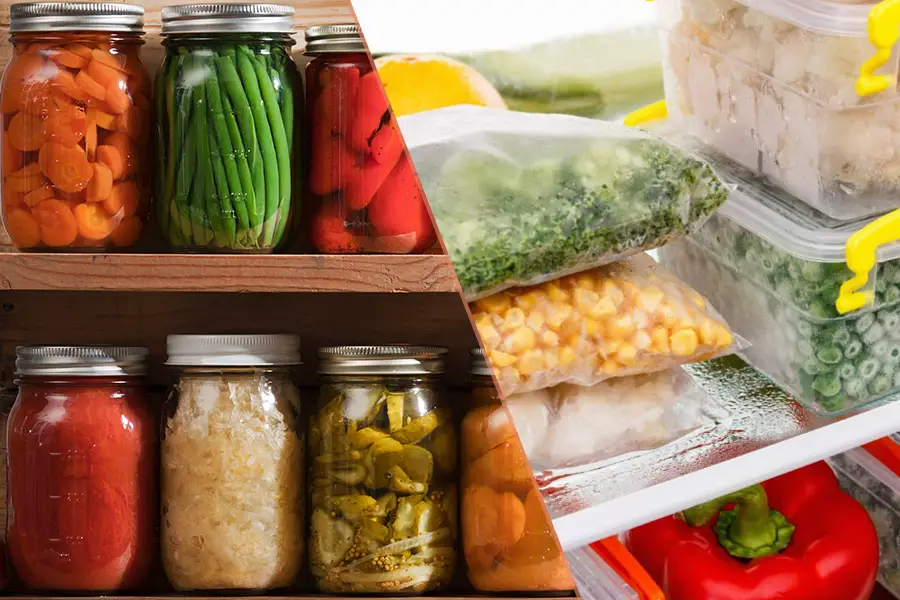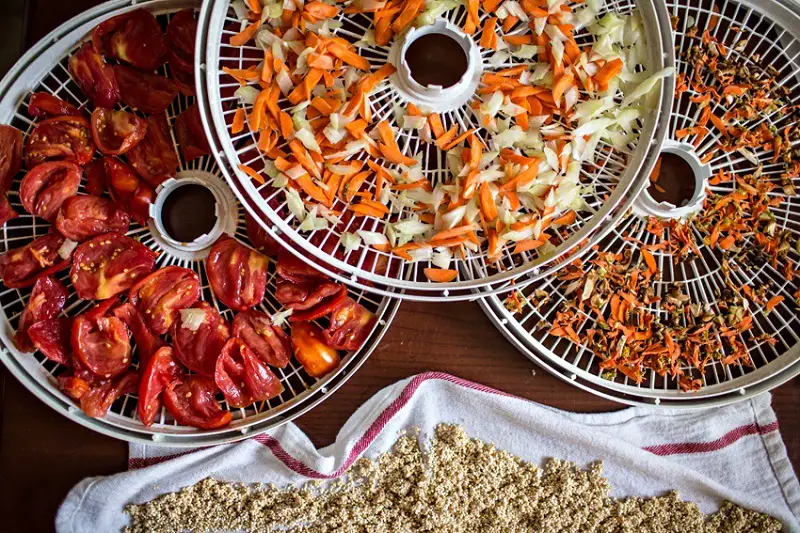Lentils as a food source dates back 6,000 to 13,000 years. They are thought to be one of the oldest crops in history. Lentils are a member of the legume family and often called a pulse. They grow in pods and produce a lens-shaped seed. Canada is one of the biggest producers of lentils. In addition to being versatile and delicious, they are amazingly nutritious. Let’s take a closer look at yellow lentils nutrition.
Table of Contents
What are Yellow Lentils?
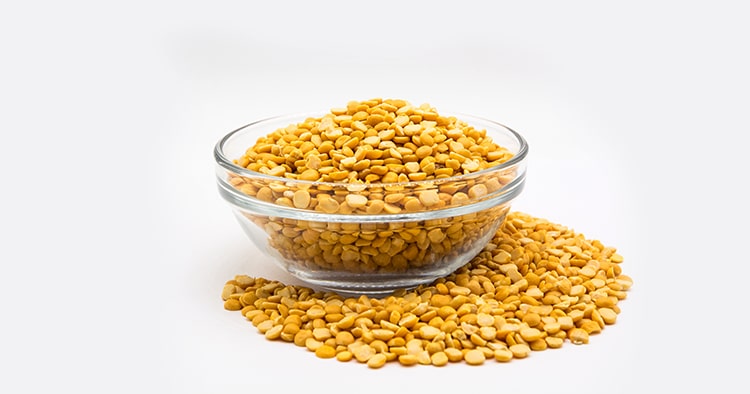
Yellow or tan lentils are often sold “split”, which just means that the seed is split in half down the middle. This causes them to cook fast and often results in a very soft dish. Yellow lentils can make your soups thicker. They have a sweeter taste than other varieties. When you cook them, they tend to become slightly mushy.
Lentils are an integral part of Indian cuisine. They are used to make dal, as a part of mixed dishes with rice, in soups, or in curries. Lentils in general are an integral part of a plant-based diet and often used as a meat substitute.
Easy to Prepare
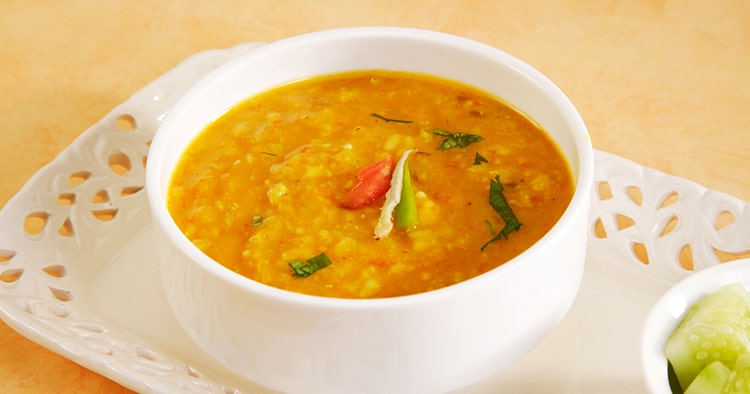
Unlike other dried beans or peas, you do not need to soak lentils ahead of time, which makes them very easy to prepare. If you do, soak them in cold water and the cooking time will be even quicker. Without soaking, they cook in about 15-20 minutes. They give your dish a bright color and sweet, nutty flavor.
To quickly prepare lentils, follow these easy steps:
- Rinse the lentils to remove dirt, dust, or debris that may have accumulated in the packaging process. If any lentils are discolored, discard those.
- In a pot, place three cups of water and one cup of lentils.
- Bring to a boil and simmer for about 20 minutes.
- Taste to make sure they are the texture you prefer.
- Add salt, pepper, or other spices to taste.
Experiment with easy recipes and spices to find a taste you prefer.
Yellow lentils can also be canned very easily for quick meals.
Yellow Lentils Nutrition at a Glance
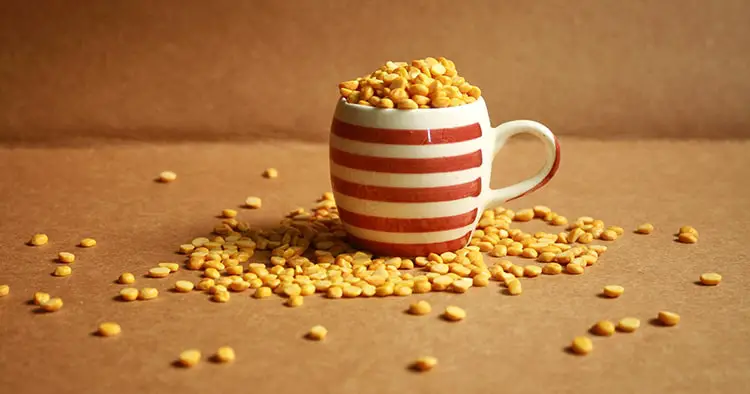
1 cup (198 grams) of cooked yellow lentils provide:
- 226 calories
- 18 grams protein
- 0.8 grams fat
- 4 milligrams sodium
- 39 grams carbohydrates
- 16 grams fiber
- 3.6 grams sugars
Let’s get more specific in each nutrient:
Protein
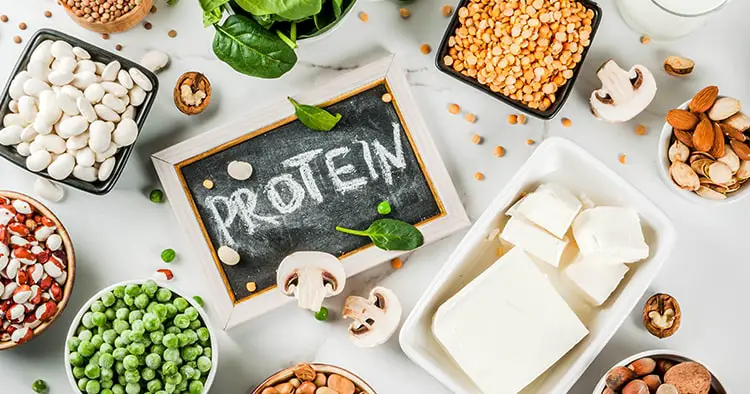
Protein is one of the 3 main categories of nutrients you need. Along with carbohydrates and fats, proteins are something you can’t live without. Lentils have around 25% protein, which makes them a choice for plant-based proteins. In fact, 100 grams of lentils provide 26 grams of protein and only 1.8 grams of fat. Compare this to 108 grams of steak which has 27 grams of protein and 18 grams of fat. If you add one-half to one cup of lentils to your diet per day, you are getting both essential and non-essential amino acids.
Carbohydrates

Most of the nutrients from lentils are in the form of carbohydrates. Carbs provide 2 main sources of food. The first being fiber. Fiber is an important nutrient that helps your body function. Lentils provide up to 18 grams fiber per serving, which is 72% of your recommended daily intake. They contain both soluble and insoluble fiber.
Lentils also provide three grams of naturally-occurring sugar. This and 18 grams of starches provide quick energy. If you are looking to eat foods lower on the glycemic index, lentils fit the bill as well.
Potassium
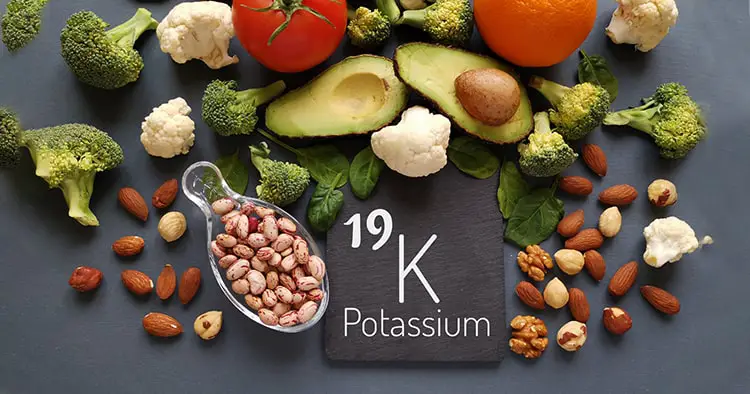
Potassium is a vital nutrient for your body. It is present in all body tissues and is required for normal cell function. The recommended daily intake of potassium for an adult age 19-50 years old is 2,600 milligrams for women and 3,400 milligrams for men. One serving of lentils provides 25% of what you need. This is actually more than the most popular potassium source of bananas.
Other Vitamins and Minerals
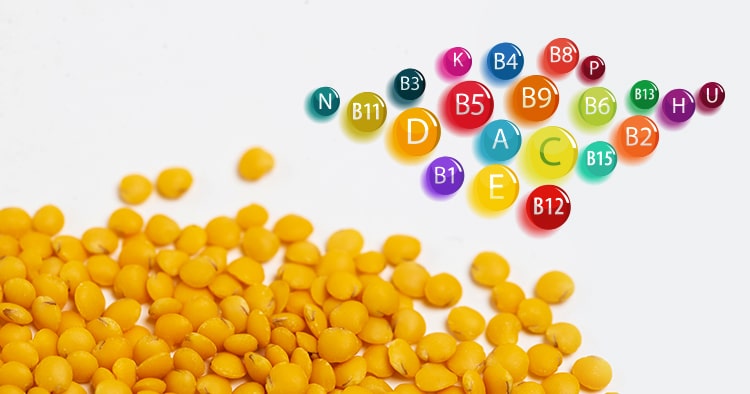
Lentils provide up to 45% of your recommended daily intake (RDI) of iron. Iron is vital for helping transfer oxygen from the lungs to the tissues.
Lentils provide much of the recommended daily intake of a lot of nutrients, including:
- B Vitamins – 18% of RDI for B6
- Thiamine – 22% of RDI
- Niacin – 10% of RDI
- Folate – 90% of RDI
- Magnesium – 18% of RDI
- Manganese – 49% of RDI
- Zinc – 17% of RDI
There are also smaller amounts of vitamin C, vitamin K, riboflavin, calcium, and selenium.
Health Benefits

A key to success in becoming more healthy is to crowd out the foods that don’t serve your body well and add the foods that you know are good for you. There are amazing health benefits from yellow lentils nutrition. If you haven’t tried lentils, or dal, you may be pleasantly surprised.
Good for your Gut

Yellow Lentils are high in fiber and promote healthy gut functions. They are part of a wholesome diet that helps with the management of obesity and diseases related to that condition. Replacing high-calorie foods with food like lentils adds vital nutrients and makes you feel full.
Heart Healthy

Lentils have phytochemicals which protect against chronic diseases such as type 2 diabetes and heart disease. The polyphenol-rich seeds protect against the risk of hypertension and other coronary artery diseases. Lentils can also help lower LDL (bad) cholesterol.
Cancer Prevention

Lentils help reduce the risk of breast cancer and colorectal cancer. This is in part due to the vast amounts of antioxidants, which are vital in fighting cancers.
Try Yellow Lentils Today!
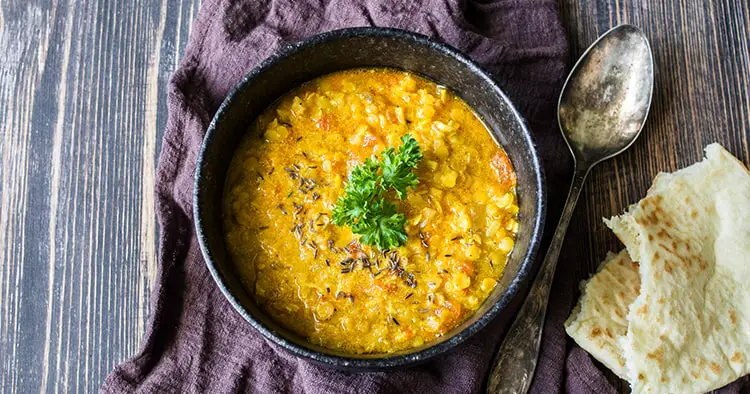
Whether you decide to try a dal at a local Indian restaurant, venture into the ethnic section of your local supermarket, or toss some in a pot for a side dish, yellow lentils are definitely a food you want to add to your meal rotation. Lentils are a low-cost, highly nutritious food that you should definitely try. Check out the USA Pulses website to get started. Comment below on your favorite way to prepare lentils.
